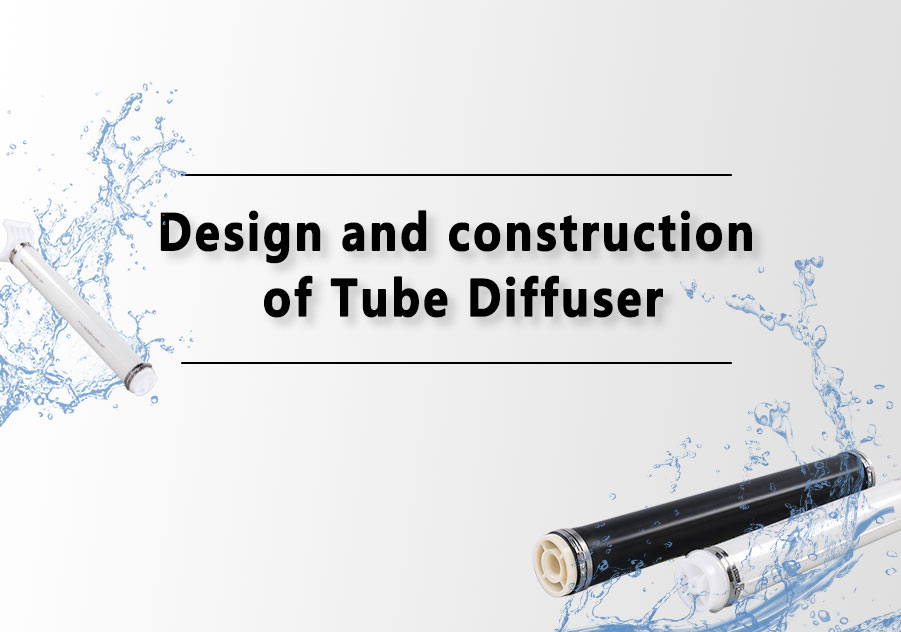 +86-15267462807
+86-15267462807

The design and construction of the tube diffuser are crucial because they directly affect the efficiency of gas-liquid transfer and the performance of the system. Here are some key elements regarding tube diffuser design, including material selection, shape and size:
Material selection:
Pipe material: Typically, the pipes of a Tube diffuser are made of corrosion-resistant materials, such as polymer, rubber, or stainless steel. These materials are very durable for long-term use in bodies of water as they are not easily corroded by chemicals in the water.
shape:
Pipe shape: Tube diffusers usually use circular or oval cross-section pipes. These shapes help ensure that gas is released evenly into the liquid.
Micropore layout: The layout of micropores is also a key factor. Usually, micropores are evenly distributed at the bottom or sides of the pipe to ensure that gas enters the liquid evenly.
size:
Tube Diameter: The tube diameter of a tube diffuser is typically determined based on the gas requirements and liquid volume of the specific application. Larger pipe diameters can provide more gas flow, but may also require more energy to maintain pressure.
Pipe Length: The length of the pipe usually depends on the required diffusion range. Longer tubes allow for gas dispersion over a wider area, while shorter tubes are suitable for more localized applications.
Pore size and density:
Pore size: The size of the pores is usually determined based on the desired bubble size. Smaller pores generally produce smaller bubbles and are suitable for applications requiring efficient gas-to-liquid transfer.
Pore Density: The density of pores is also important because they affect the uniformity of gas dispersion. A higher density of pores produces a more even distribution of bubbles.
Support structures: Tube diffusers often require support structures to secure the pipes and prevent them from sinking or floating. These support structures are usually made of stainless steel or other corrosion-resistant materials.
Connection methods: Tube diffusers usually need to be connected to a gas supply system, so connections, valves and control systems also need to be considered in the design.
Tube diffuser design elements need to be adjusted to the requirements of the specific application to achieve optimal performance. Well-designed tube diffusers can provide efficient gas-liquid transfer, reduce operating costs, and improve the quality of water treatment.